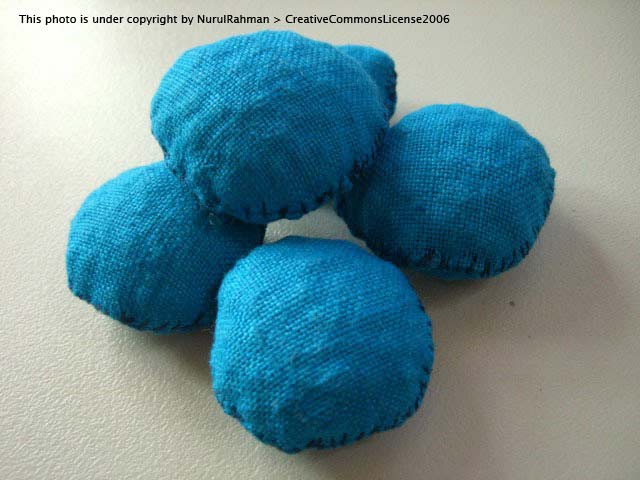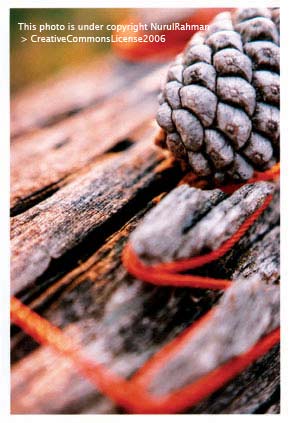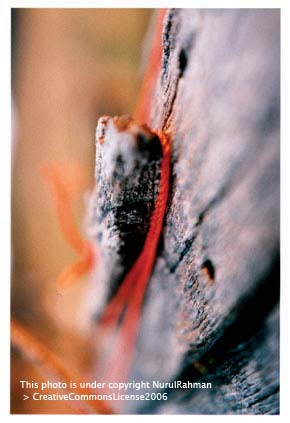I know I haven’t been writing much lately, was sick on and off for two weeks, and spent most of the time I have left reading on papers, journals and books. I went to 3 days International Conference; Nation, City, Place: Rethinking Nationalism, brought by Faculty of Architecture, Building & Planning at University of Melbourne from 14 -16 July, 2006.
The reason Im interested to go to this conference even though it is not a Communication Design Conference (I wish they have this ), because there are few interesting paper that will be presented. One of them called Niche Cities: Global Capital, Property Development and the Branding of Cities by Peter Raisbeck. This paper triggers few thought from my personal view as a communication designer.
Peter is interested in the tower/high rise building and global cities, that represent countries. His argument is towers/high rise building can be a symbolic image for corporate company and at the same time, can represent the country as a icon. He also argue the uses of tower as a branding strategy to promote the cities. His case studies is about three different countries, Taiwan, Singapore, Korea. This tower can be cultural specific but also open to global requirement. “Tower as an aesthetic icon’. For example in Seoul, Korea the highest tower in Korea is a Samsung Tower. It is not owned by a public company but owned by the corporation. Peter argues that tower represent and promote countries, even though it is owned by non-public company.
My Questions is:
By building the high rise tower, is it a part of branding strategy to promote the country? Or it’s the other way round? Promoting the corporation using the countries? (It looks like big competition going on between the countries )

PETRONAS TWIN TOWER, Kuala Lumpur, Malaysia
Peter Raisbeck quote from his abstract:
“In order to understand how the identities of these cities have been branded the paper will survey recent and emerging academic literature on place branding. The brand personality; positioning and attributes of each these national cities under discussion will be mapped. This will identify the key branding attributes, which have emerged in the promotion of cities as destinations of investment capital. These attributes may relate to amongst other things “ corporate governance, institutional stability, notions of speculative opportunity, technological advancement and perceived barriers to investment. These attributes will then be compared to how these cities have been branded as places of leisure and tourism. What attributes differ between the marketing of these cities as places of investment as compared to places of entertainment and tourism.”
















